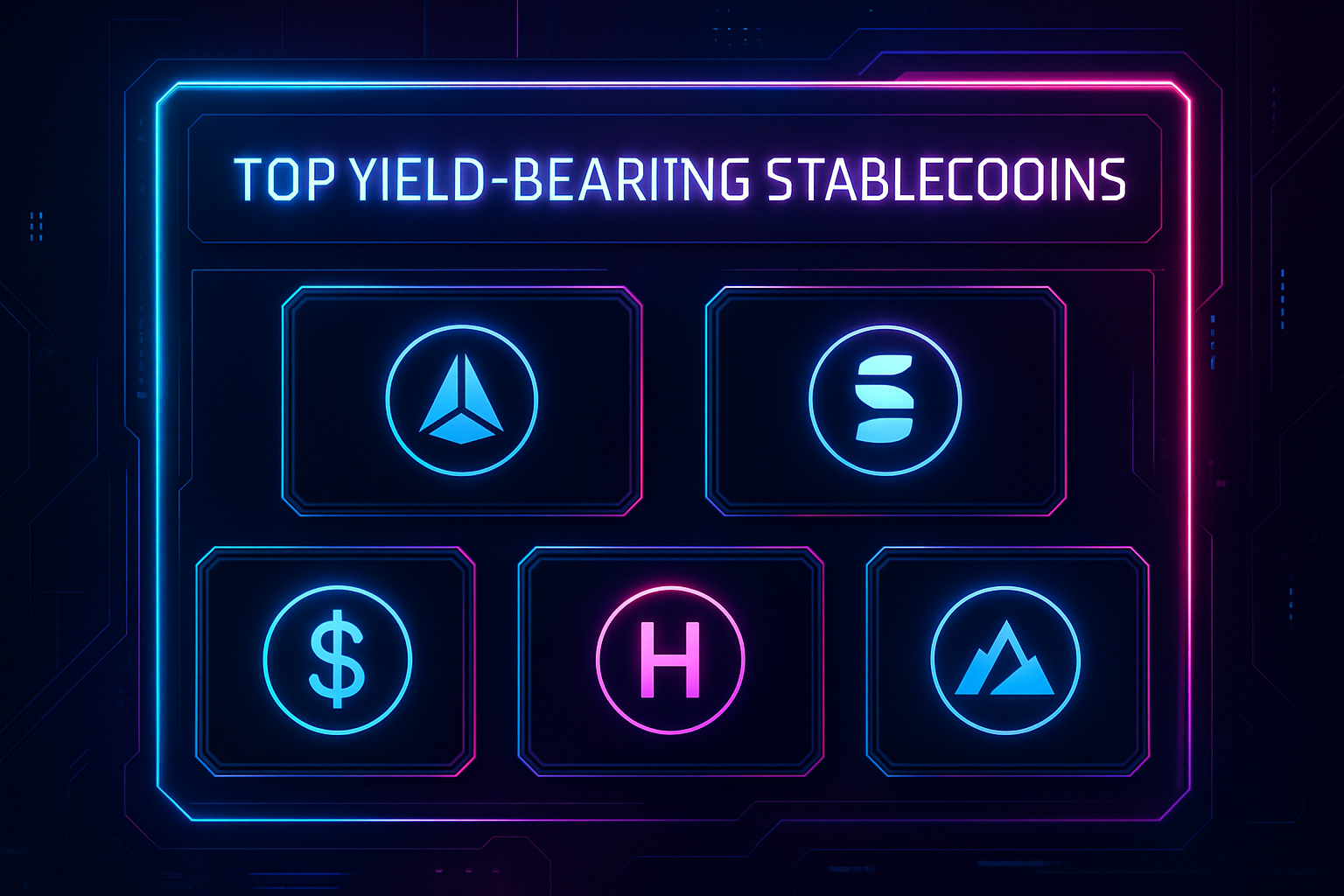
Stablecoin yield farming in 2024 is a high-stakes game, and the landscape has changed dramatically since last cycle. With over $11 billion now locked in yield-bearing stablecoins, DeFi investors are laser-focused on extracting passive income from their stablecoin holdings, without sacrificing liquidity or risking depeg events. If you want to optimize your returns, you need to understand which stablecoins are leading the pack and why. Here’s your no-nonsense breakdown of the top 8 yield-bearing stablecoins dominating DeFi right now.

Why Yield-Bearing Stablecoins Are Dominating DeFi
The days of holding vanilla USDC or USDT for zero yield are over. Today’s best DeFi protocols integrate interest directly into their stablecoin models, leveraging everything from U. S. Treasuries to derivatives funding rates and on-chain lending strategies. The result: APYs ranging from 3% to a staggering 15% on select assets, all while maintaining a tight dollar (or euro) peg.
What sets these assets apart? It’s not just the yield, it’s composability, institutional-grade transparency, and seamless integration with major DeFi platforms. Let’s break down the contenders that matter for serious yield hunters.
Top 8 Yield-Bearing Stablecoins for DeFi in 2024
-

Ethena Staked USDe (sUSDe): APY: 7–19% (varies by market conditions). Collateral Model: Synthetic, backed by staked ETH, BTC, USDT/USDC, and delta-neutral derivatives. Value Proposition: Largest yield-bearing stablecoin by supply, offering high yields via derivatives funding and a robust, crypto-native design.
-
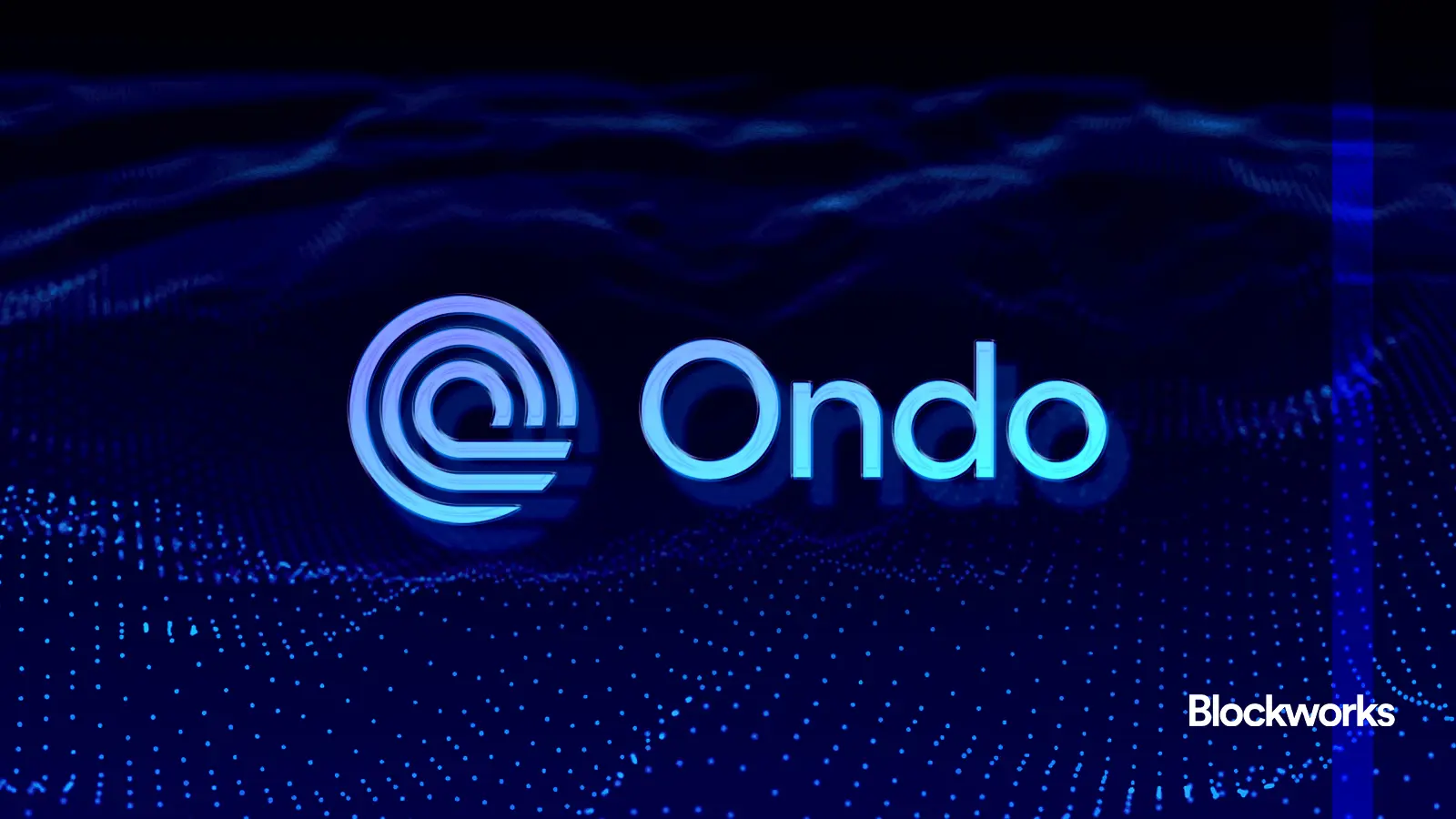
Ondo USD Yield (USDY): APY: ~5% (linked to short-term U.S. Treasuries). Collateral Model: Fully backed by U.S. Treasury bills and bank deposits. Value Proposition: Transparent, regulated, and institutionally integrated, offering stable yield from real-world assets.
-
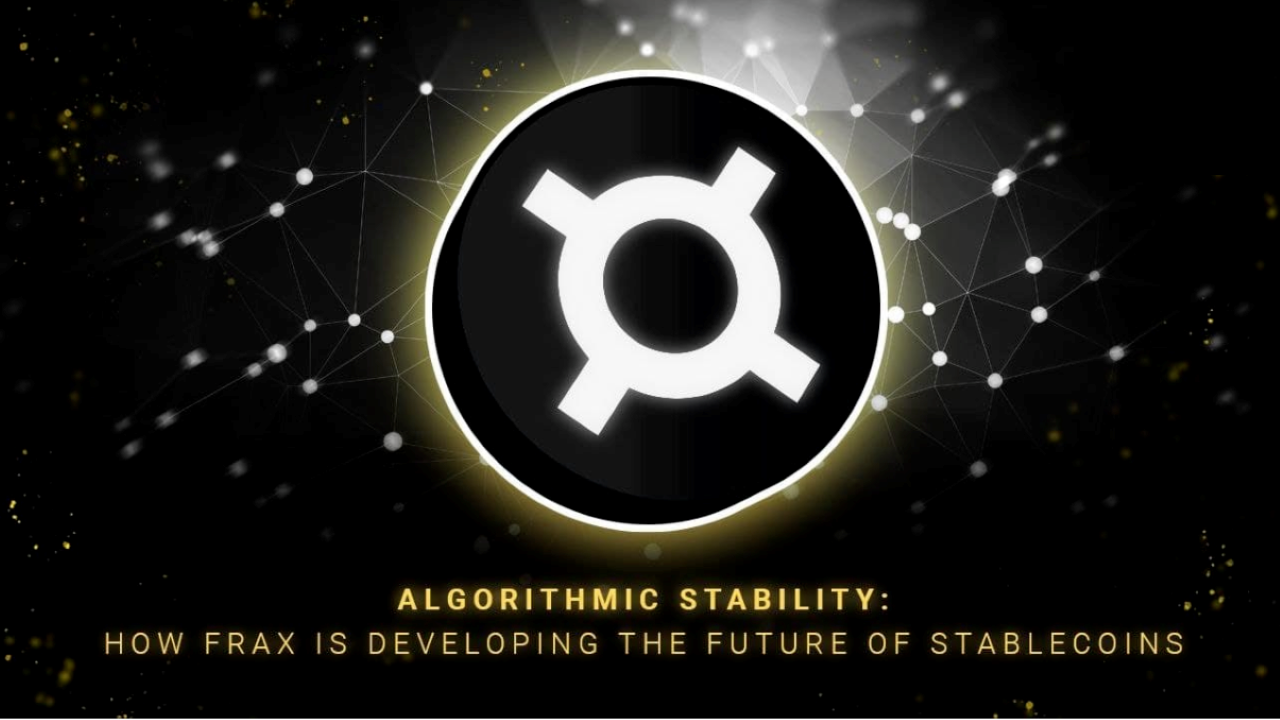
Frax Staked USD (sfrxUSD): APY: ~4.8% (tracks Fed rates via Treasuries). Collateral Model: Backed by U.S. Treasuries through Lead Bank partnerships. Value Proposition: DeFi-native exposure to U.S. Treasury yields, with seamless on-chain staking and redemption.
-
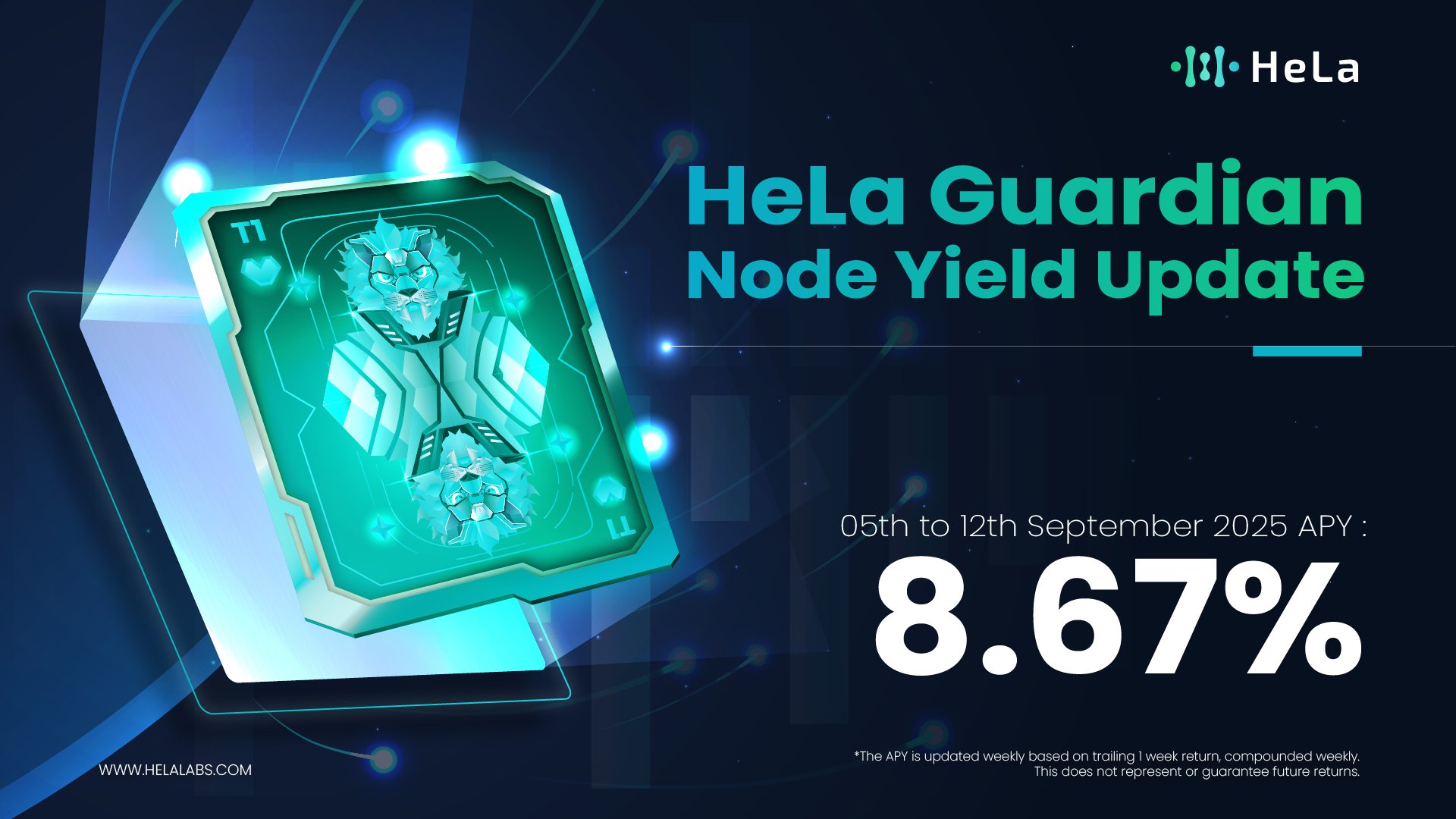
HeLa USD (HLUSD): APY: Up to 15% (among the highest in DeFi). Collateral Model: Backed by a mix of crypto and DeFi strategies in the HeLa ecosystem. Value Proposition: High-yield option for early adopters; rapidly growing ecosystem with innovative yield mechanisms.
-
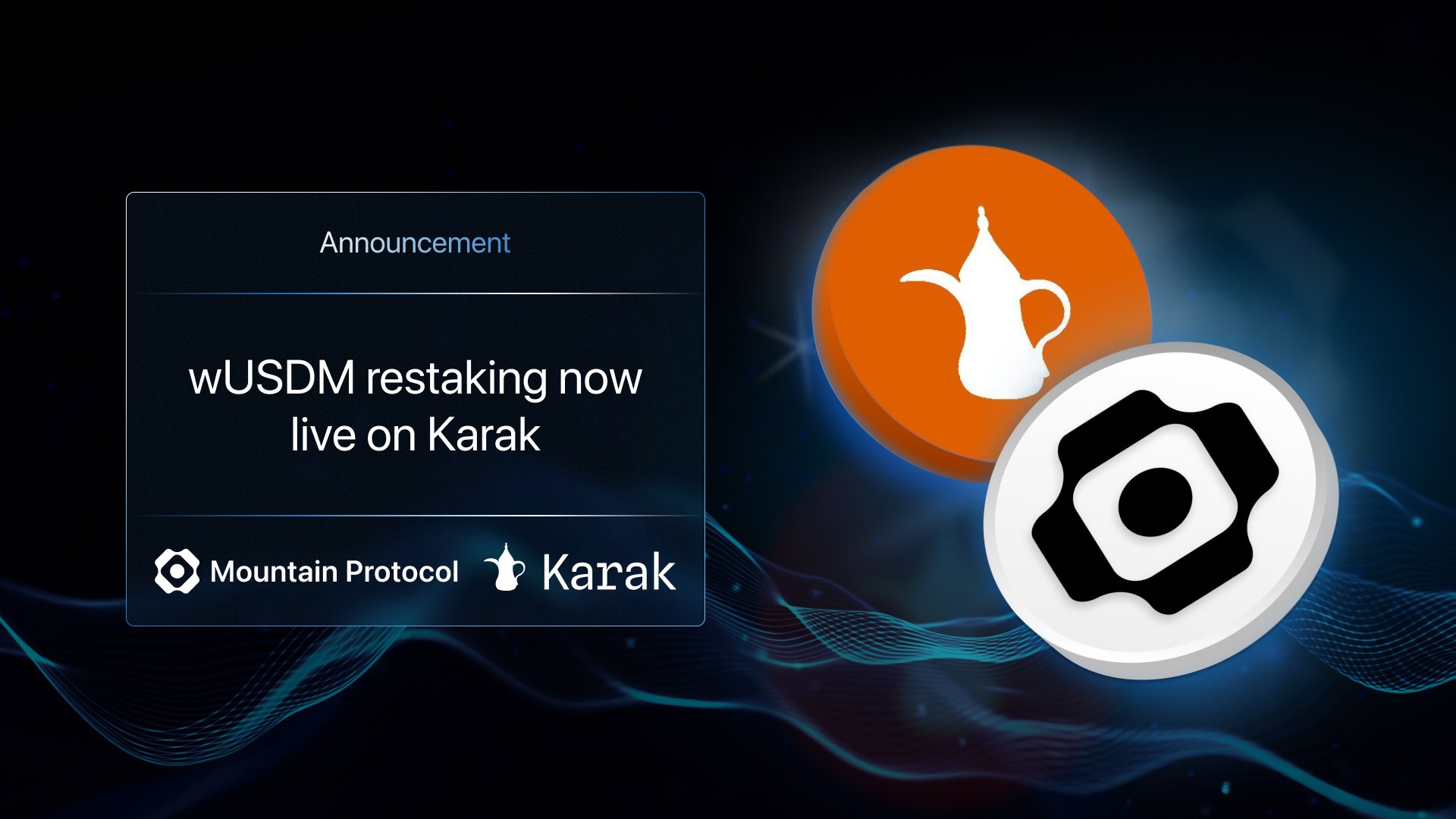
Mountain Protocol USDM: APY: ~5% (variable, based on U.S. Treasury returns). Collateral Model: Fully backed by short-term U.S. Treasuries. Value Proposition: Regulated, transparent, and designed for compliance-focused DeFi users seeking stable, real-world yield.
-

StablR EUR (EURR): APY: 2–4% (Euro-denominated). Collateral Model: Backed by Euro-denominated assets and cash equivalents. Value Proposition: Leading yield-bearing Euro stablecoin, ideal for diversification and accessing Euro-based DeFi yields.
-
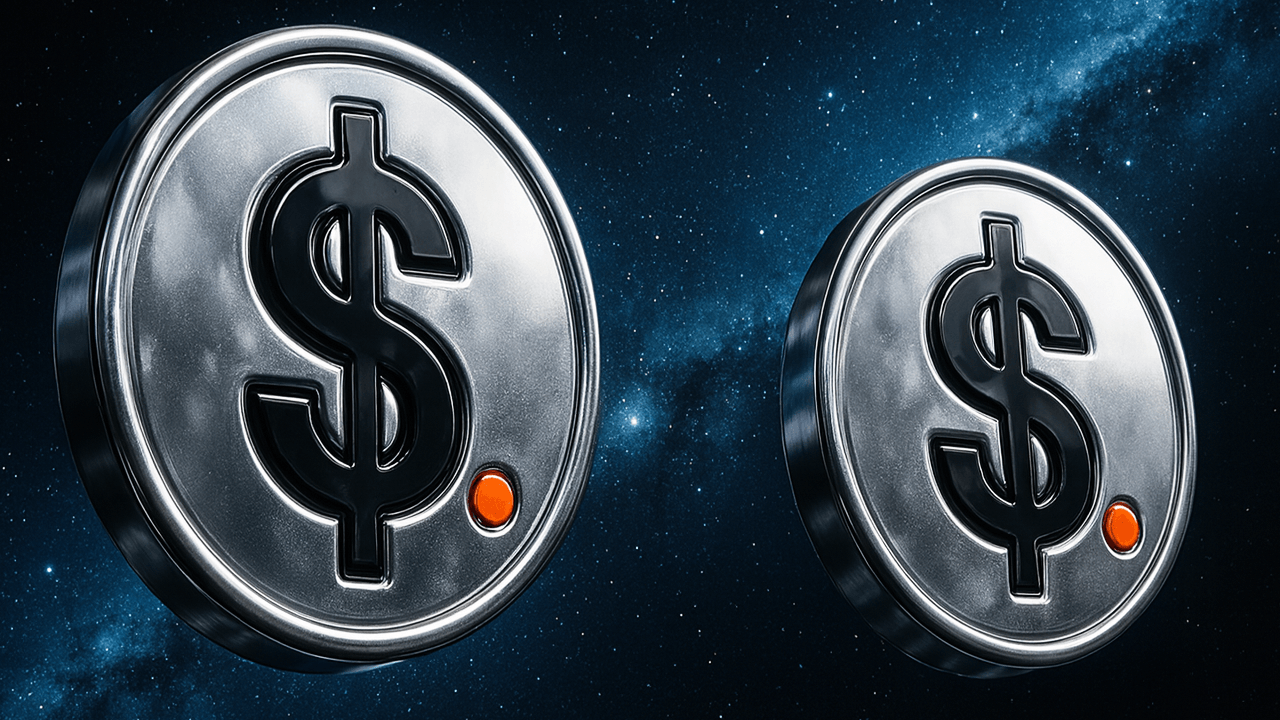
USD Forward (USDf): APY: 4–7% (varies by protocol and strategy). Collateral Model: Backed by a mix of tokenized real-world assets and on-chain strategies. Value Proposition: Flexible yield generation with a focus on transparency and multi-chain compatibility.
-

Origin Dollar (OUSD): APY: 4–8% (aggregated from top DeFi protocols). Collateral Model: Backed by a diversified basket of stablecoins (USDT, USDC, DAI) deployed in DeFi yield strategies. Value Proposition: Auto-yielding in users’ wallets, no staking required, with transparent and battle-tested DeFi integrations.
The Top Yield-Bearing Stablecoins for Passive Income in 2024
1. Ethena Staked USDe (sUSDe)
sUSDe is rewriting the rules on synthetic dollars. Built by Ethena Labs, sUSDe is staked USDe, a delta-neutral synthetic backed by staked ETH/BTC plus perpetual futures hedges. This design allows it to tap into both staking rewards and funding rate arbitrage across centralized exchanges. In Q2-Q3 2024, sUSDe consistently delivered yields between 7-19%, settling around 7-7.4% APY as derivatives markets normalized (source). With over $5.8 billion circulating supply, it’s become a core holding for risk-tolerant DeFi portfolios.
If you want programmable dollars that earn real yield while staying liquid on-chain, sUSDe is where you start.
2. Ondo USD Yield (USDY)
USDY, issued by Ondo Finance, bridges TradFi and DeFi by tokenizing short-term U. S. Treasuries and demand deposits, delivering a transparent, fully-backed stablecoin with built-in passive income. As of April 2025, USDY boasts a market cap near $590 million. Yields track U. S. Treasury rates (typically 4-5%) but without the lockups or minimums of traditional finance (source). For conservative DeFi users seeking regulatory clarity and rock-solid backing, USDY is an obvious pick.
Comparing sUSDe vs USDY vs sfrxUSD: Which Delivers Superior Yield?
The battle for best-in-class stablecoin APY boils down to three juggernauts: sUSDe, USDY, and sfrxUSD. Each taps different sources of yield, derivatives vs Treasuries vs hybrid protocols, and caters to distinct risk appetites.
sfrxUSD, powered by Frax Finance’s modular system, routes user deposits into U. S. -regulated money markets via Lead Bank partnerships while optimizing for Fed rate tracking (current annualized yields hover at ~4.8%). It’s composable across Curve pools and major lending protocols, making it ideal for advanced LPs stacking multiple layers of passive income.
HeLa USD (HLUSD): High-Yield Challenger with New Ecosystem Risk
HLUSD, issued on HeLa chain, is making waves thanks to its eye-popping advertised APYs, reportedly as high as 15%. Its model leverages ecosystem incentives plus algorithmic mechanisms to sustain above-market yields (source). But with great reward comes greater risk: HLUSD remains relatively new with limited track record and lower liquidity than blue-chip alternatives.
The Next Tier: Diversifying Your Stablecoin Yield Exposure
If you’re looking beyond dollar-denominated options, or want additional diversification, the following assets round out our list:
- Mountain Protocol USDM: Another treasury-backed contender offering competitive rates with robust compliance focus.
- StablR EUR (EURR): Euro-pegged alternative delivering eurozone treasury yields, a rare play for non-USD holders.
- USD Forward (USDf): Hybrid model using forward contracts for predictable returns.
- Origin Dollar (OUSD): Aggregates lending protocol yields automatically; balances grow natively in your wallet.
Each of these stablecoins brings a unique mechanism to the table, letting you tailor your passive income strategy to your risk tolerance and regional needs. USDM targets compliance and institutional adoption, making it a favorite for funds that require regulatory clarity. EURR is the go-to for eurozone DeFi users who want to sidestep USD exposure while still earning meaningful yield. USDf stands out with its forward contract model, offering predictable returns, ideal for those who want less rate volatility. And OUSD is all about frictionless auto-compounding: deposit once, and watch your balance grow as it taps into top DeFi lending protocols without manual intervention.
6-Month Price Comparison of Top Yield-Bearing Stablecoins (2025)
Real-time price performance of leading yield-bearing stablecoins for DeFi investors (as of September 23, 2025)
| Asset | Current Price | 6 Months Ago | Price Change |
|---|---|---|---|
| sUSDe | $1.20 | $1.00 | +20.0% |
| USDY | $1.08 | $1.00 | +7.8% |
| sfrxUSD | $1.16 | $1.00 | +16.0% |
| HLUSD | N/A | N/A | N/A |
| USDM | $0.9983 | $1.00 | -0.2% |
| EURR | $1.18 | $1.00 | +18.0% |
| USDf | $0.9989 | $1.00 | -0.1% |
| OUSD | $1.00 | $1.00 | +0.0% |
| USDT | $1.00 | $1.00 | +0.0% |
| USDC | $0.0470 | $1.00 | -95.3% |
Analysis Summary
Over the past six months, several yield-bearing stablecoins such as sUSDe, sfrxUSD, and EURR have experienced significant price appreciation, while most others have maintained their peg to the US dollar. USDC stands out with a substantial decline, diverging sharply from its usual stability.
Key Insights
- sUSDe leads with a +20.0% price increase, indicating strong demand and/or protocol growth.
- sfrxUSD (+16.0%) and EURR (+18.0%) also show notable appreciation, outperforming traditional stablecoins.
- USDY has appreciated by +7.8%, while most other stablecoins (OUSD, USDT) remain stable at $1.00.
- USDC has experienced a dramatic -95.3% decline, a rare and significant event for a major stablecoin.
- USDM and USDf have seen minor declines, but remain close to their $1.00 peg.
All prices and changes are sourced from real-time market data as of September 23, 2025. Only assets with provided real-time data are included; HLUSD is marked N/A due to lack of price data. Price changes reflect the difference between current and 6-month historical prices, as reported by CoinGecko.
Data Sources:
- Main Asset: https://www.coingecko.com/en/coins/susde/historical_data
- USDY: https://www.coingecko.com/en/coins/usdy/historical_data
- sfrxUSD: https://www.coingecko.com/en/coins/sfrxusd/historical_data
- USDM: https://www.coingecko.com/en/coins/usdm/historical_data
- EURR: https://www.coingecko.com/en/coins/eurr/historical_data
- USDf: https://www.coingecko.com/en/coins/usdf/historical_data
- OUSD: https://www.coingecko.com/en/coins/ousd/historical_data
- USDT: https://www.coingecko.com/en/coins/usdt/historical_data
- USDC: https://www.coingecko.com/en/coins/usdc/historical_data
Disclaimer: Cryptocurrency prices are highly volatile and subject to market fluctuations. The data presented is for informational purposes only and should not be considered as investment advice. Always do your own research before making investment decisions.
Risks and Due Diligence in Yield-Bearing Stablecoins
No stablecoin is risk-free. Even the most battle-tested protocols can face smart contract exploits or collateral shocks. With high-yield newcomers like HLUSD or hybrid models such as USDf, due diligence is mandatory:
- Smart Contract Security: Has the code been audited by reputable firms? Are bug bounties in place?
- Collateral Transparency: Is there real-time proof of reserves? How liquid are the backing assets?
- Peg Mechanism: Does the protocol have robust mechanisms to defend its peg during market stress?
- Ecosystem Liquidity: Can you exit positions quickly at fair value?
The smartest play? Use a basket approach, allocate across multiple yield-bearing stablecoins to diversify protocol and collateral risks while optimizing blended APY.
How to Deploy Capital Across Yield-Bearing Stablecoins
The best DeFi investors move fast but think methodically. Here’s a streamlined plan for deploying capital into these top stablecoin yield engines:
- Select Your Risk Band: Decide between high-yield (sUSDe/HLUSD), mid-tier (sfrxUSD/USDY), or conservative (USDM/EURR).
- Diversify Protocol Exposure: Avoid overconcentration in any one ecosystem or collateral model.
- Monitor Peg Stability and On-Chain Liquidity: Use dashboards to track depeg events and slippage in real time.
- Aggressively Rebalance: As yields shift and new opportunities arise, rotate capital to maintain optimal risk-adjusted returns.
The key is relentless monitoring, APYs change fast as liquidity flows between protocols. Tools like De. Fi’s aggregator let you scan dozens of networks instantly (source).
Final Thoughts: The Future of Stablecoin Passive Income
The rise of yield-bearing stablecoins has fundamentally changed how DeFi investors generate passive income. Whether you’re chasing double-digit APYs with sUSDe or HLUSD or building a conservative base with USDY or USDM, there’s never been more optionality, or competition, in this space. The next phase will see even tighter integrations between on-chain assets and real-world yields, further blurring the lines between TradFi and DeFi.
If you want to stay ahead in this game, don’t just chase headline numbers, track liquidity flows, monitor protocol health metrics daily, and be ready to rotate at speed when market conditions shift. For active traders and hands-off holders alike, these eight stablecoins are setting the new standard for crypto-native passive income in 2024.






